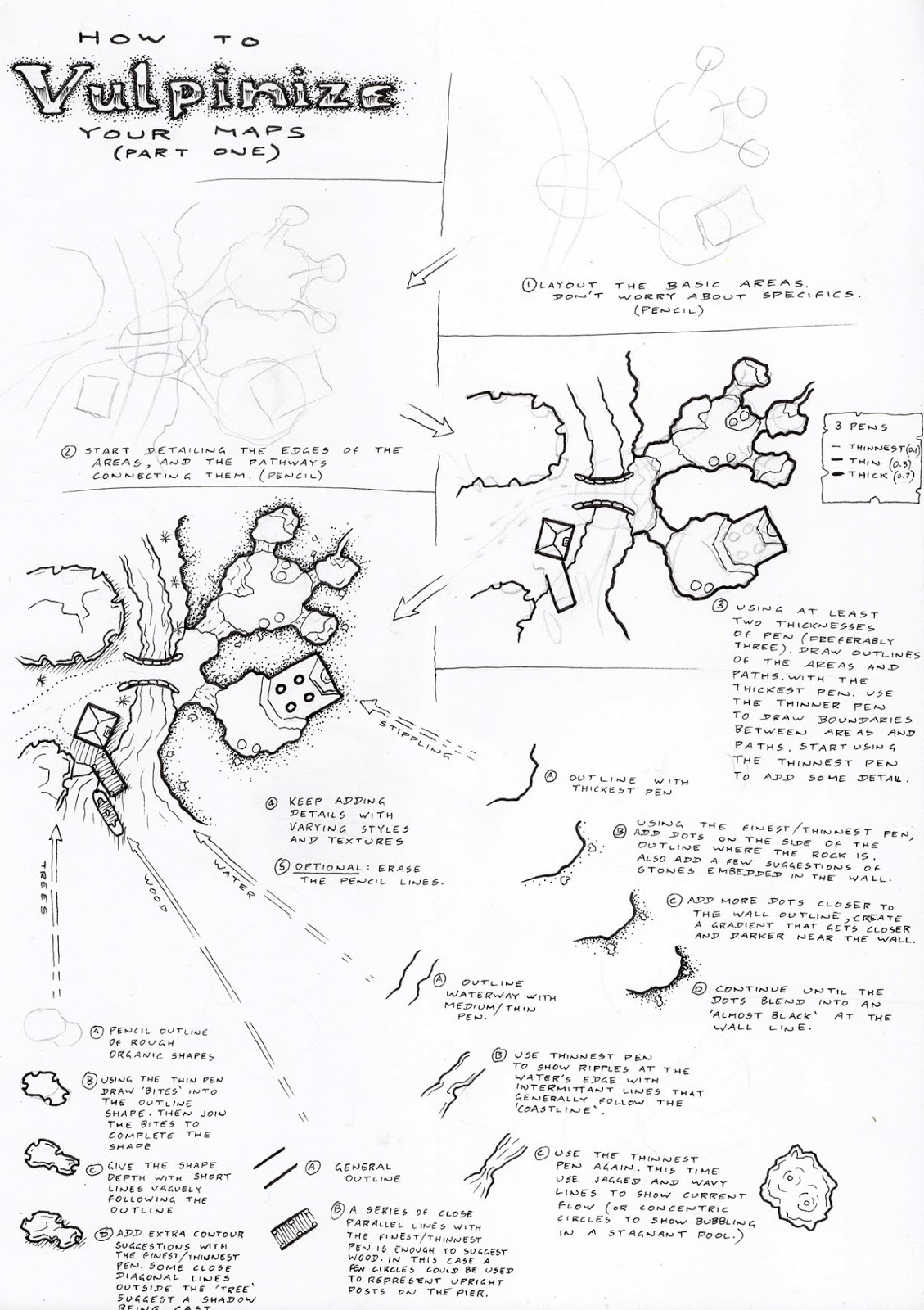Hell On Eight Wheels: Seven – Targeted Combat
If you’ve been reading through this series of game development
blog posts, you’ll have seen many references to Freebooter’s Fate. This is a
great miniatures game released by Freebooter Miniature last year. I don’t think
it will catch on with the likes of Games Workshop and other bigger companies
dominating the market…but I’d love to hope that it gets a good, dedicated fan
base.
In this game, combat stats are rated on a scale from 1 to
5 while there are six possible hit locations on the body (Head, Torso, Right
Arm, Left Arm, Abdomen, Legs). The elegance of the system is the way in which
the combat stats mesh with the hit locations…it’s so simple I have to wonder
why no one had considered it earlier (maybe it has been used earlier and I’m
just not aware of it).
When a figure goes into combat they select a number of
body locations to assault equal to their attack score, the defender selects a
number of body locations to protect equal to their defence score. If the
attacker has picked a body part that the defender hasn’t protected, the
defender is hit and takes damage. If the attacker hits two or more parts that
the defender hasn’t protected, then a critical hit is scored.
In the case of a regular hit, damage is marked off from a
pool of vitality. In the case of a critical hit, each body part has a
corresponding figure attribute (the attacker must choose one of the body parts
successfully assaulted), then the relevant attribute is weakened until healing
can occur (or until the end of the game).
When playing the game you actually get a feeling for
swordplay as you sweep at certain parts of your opponent with a flurry of
blows, only to see whether or not your attacks for the round have been
successful. Attacks are strategic (you can choose to disable certain attributes
of your opponent), combat feels like your decisions have weight (rather than
the arbitrary whim of a die result), and the action is played out fast (faster
than most other miniatures games anyway).
But how could you run a style of combat like this in a
roller derby game?
If we’re looking at four attributes linked to the four
suits in a deck, then we can simply say that a blocking skater plays one or
more cards representing the target’s body locations when they block, while the
defending skater plays one or more cards representing the parts of their body
being covered by defensive actions.
Head
|
Spades
|
Strategy
|
Torso/Arms
|
Hearts
|
Soul
|
Abdomen
|
Clubs
|
Strength
|
Legs
|
Diamonds
|
Speed
|
The location/suit correspondences seem to sit fairly
well, an appropriate diagram should reinforce this notion.
The attacker assaults one or more locations, and the
victim tries to block the location(s) hit.
But how do we determine how many cards the attacker gets
to use for their assault, and how many cards the victim gets to use for their
defence. It would be nice to keep this relevant to the unfolding strategies on
the board (taking into account closeness of skaters and relative speeds), and
since this game is incorporating variability of skater skill, it makes sense to
connect these to the sequence.
Respective Strategy Scores
|
Adjacent Track Section
|
Gap of 1 Track Section
|
Defender more than 3 Higher
|
Attacker 1 Card
Defender 3 Cards
|
Attacker 1 Card
Defender 3 Cards
(-1 damage card flip)
|
Defender Higher
|
Attacker 1 Card
Defender 2 Cards
|
Attacker 1 Card
Defender 3 Cards
|
Attacker Equal or Higher
|
Attacker 1 Card
Defender 1 Card
|
Attacker 1 Card
Defender 2 Cards
|
Attacker more than 2 Higher
|
Attacker 1 Card
Defender 1 Card
(+1 damage card flip)
|
Attacker 1 Card
Defender 1 Card
|
Idea: Perhaps a
team member can be involved in an assist. If someone is assisting the attacker
(or defender), do they add a card to one side of the conflict or do they add
their strategy score to the attacker’s value before determining how many cards
to apply to the situation.
Cards have the ability to rank as well as suit, and a
game mechanism that has variable degrees of readability can streamline the
output. In light of this, we can read the suit to determine the location of the
strike, while we use the rank to determine the intensity of the hit.
As an example: Attacker’s Card Value plus Strength vs
Defender’s Card Value plus Strength
If the assault is successful, the attacker compares their
strength plus their card value to that of the victim. If their value is less
than the victims, movement is impeded and the victim has to spend a bit more
energy finding another way around. If the attacker’s strength plus card is
higher, then the defender risks falling down and/or injury.
…and this is where the damage flips (mentioned in the table
above) comes in.
This is a mechanism I like from the Malifaux miniatures
game. Basically, if things are going your way, you draw an extra card or two
and keep the best one for your result; conversely, if things are going against
you, you draw an extra card and keep the worst of the two results.
I’ll write up a few examples of play, if things aren’t making
sense at this stage, hopefully they’ll clarify matters.
I seem to be heading in a few directions at once with the game, and one of my pet hates in games of this type is disjointed mechanisms. I should be able to pull the ideas together into a streamlined and coherent whole, but you'll have to bear with me for a bit while I'll brainstorm through the specific elements.

.png)

Comments